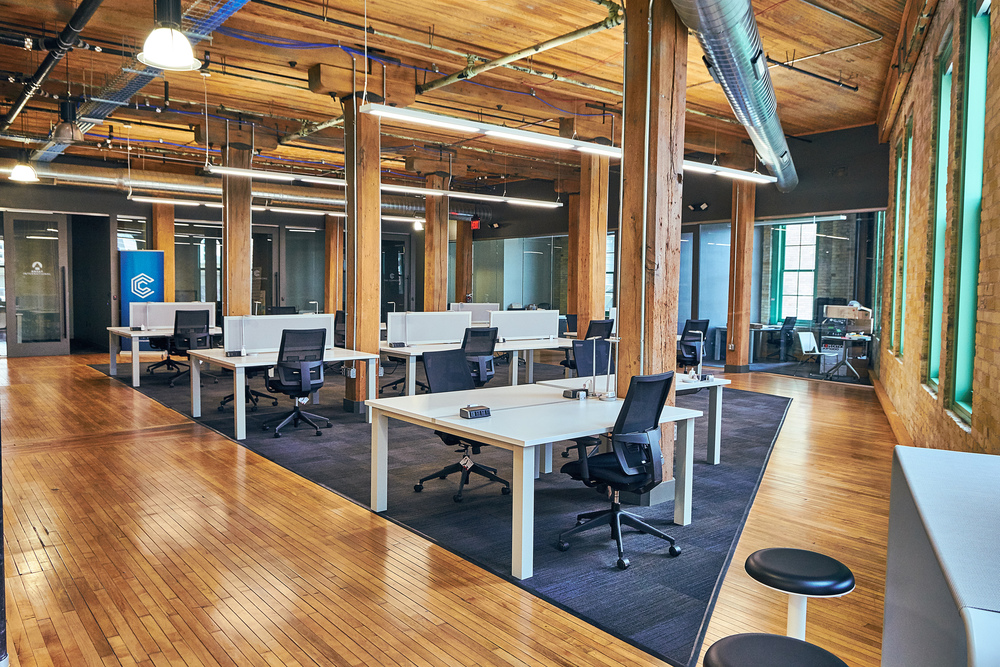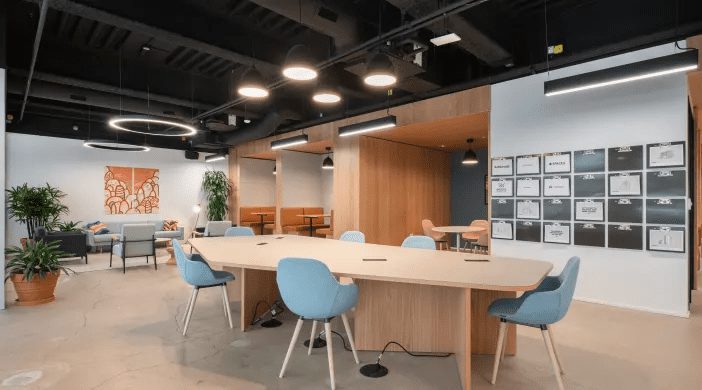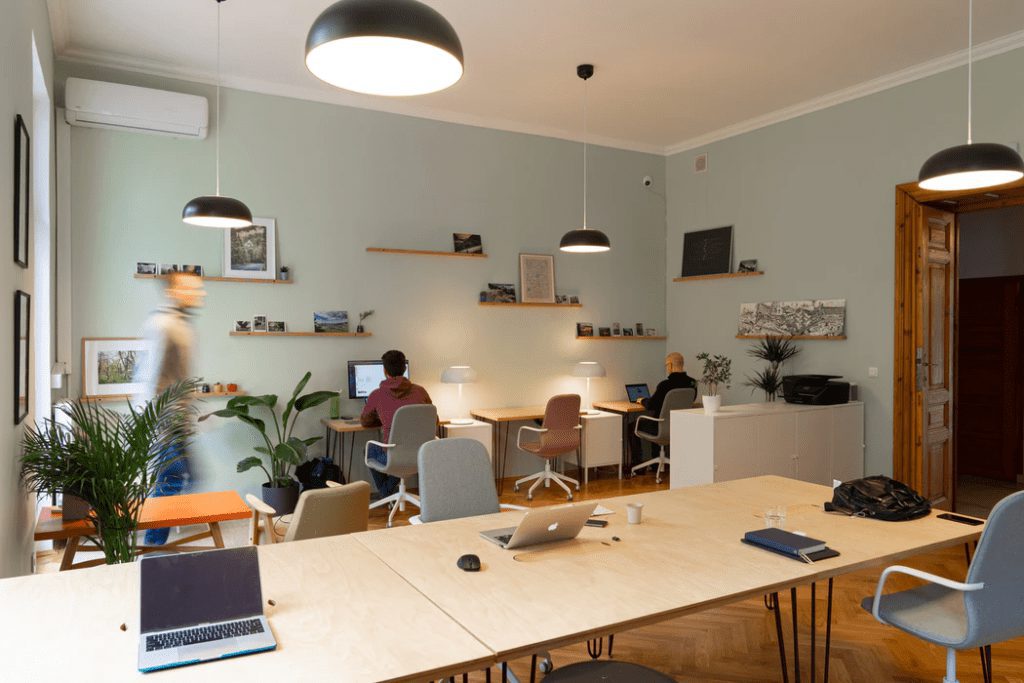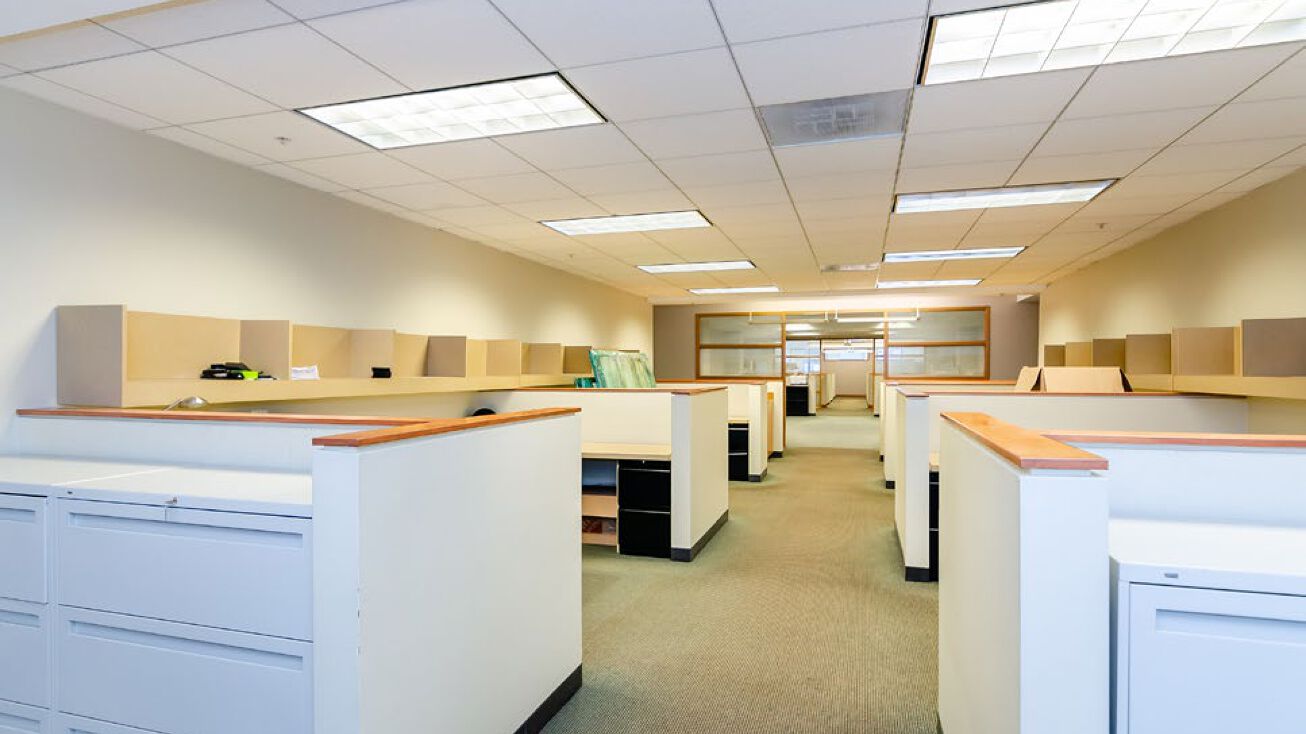
Most businesses desire to have a fashionable office with all of the latest amenities, but the reality for small firms and start-ups is frequently quite different.
Renting office space is a huge commitment, so make sure you have enough money set aside to cover the initial expenditures of a move as well as the ongoing monthly payment obligations. If you’re having trouble covering the expense of renting office space, there are still some options.
If you’re starting a new company, you’ll need an office that keeps staff happy, impresses clients, and isn’t too expensive. Slides, helter-skelters, fireman’s poles, table football, and jukeboxes should usually be avoided. Good coffee, on the other hand, is right up there…
So, how do you choose a cheap office space and what factors should you consider?
1. Be practical.

You’ve probably heard the saying “go with your head, not your heart,” right? First and foremost, consider the type of environment you’ll be going into. Look at the rent and what you can afford, as well as the lease terms going forward: you don’t want to be locked into a long contract if you outgrow the space. Examine the lease’s provisions as well, such as reinstatement expenses and any other responsibilities that may fall to you. Some structures have very particular restrictions, even down to the sort of blinds that must be used. Don’t forget about operating and lease expenditures; they account for roughly 80% of the total cost of a place. And keep them in mind before falling in love with a certain building or office!
2. Think flexible.

Consider the concept of adaptability. Consider a location that serves numerous purposes. Consider the speed with which change occurs in a small business. Fixed spaces and partitions take up a lot of room and are costly. It’s critical to have a solid technology base in place — wireless technology has really opened up how you use space.
If you’re recruiting, you should also consider the environment you’re building — what your office says about you as a company. We’re all dealing with a tremendous skills shortage, so getting the appropriate people is critical, and once you’ve got them, your space must help them stay; it must be designed to meet their demands.
Many smart landlords are establishing spaces for multi-tenancy start-ups where you can share conference rooms, common areas, and even restaurants, relieving you of the burden of having to have that kind of space.
3. Consider sharing.

Many businesses share office space, and the arrangement can be beneficial both financially and practically. Sharing office space reduces operating costs by half and offers short-term alternatives for small businesses wishing to expand.
4. Choose a workplace conducive to productivity.

The quality of light is quite important to employees, so place a high value on natural daylight. People are more productive and happier when they work in natural light, and they think more creatively. If you’re a creative company, don’t take a basement – or be prepared to spend a lot of money if you do. Light can be employed to produce eye-catching characteristics. People spend a lot of money on elaborate ceilings, yet there’s a new trend for no ceilings, which can look stunning. There are a plethora of fantastic hanging lighting options. Plants are also highly significant — studies show that people are more productive in spaces with plants.
5. Think about your lease.

Leasing a building for a longer period of time is usually less expensive. Rent decreases dramatically, allowing you to save more money. If you know you’ll be able to use the building for a long time, signing a long lease may be worthwhile. You won’t have to worry about renewals, increases, or endangering your office’s long-term viability. Make sure your lease is short enough if you’re merely searching for a starter office and won’t be staying long. The cost of breaking a lease might be rather high. (RELATED: How do tenants find an office space to lease?)
6. Plan your floorplan.

Even if you’re looking for a cheap office space, you want everything to go smoothly. Working with a lot of open areas, separating them with furniture, and providing enough foot space for people to maneuver is what this usually entails. Offices with a lot of distinct areas may not allow for the flow you want. You should also consider whether there are any exposed pipes or rafters that will make setting up your workplace difficult. If the property owner does not intend to handle them, it may be best to avoid certain locations entirely.
7. Get value for your money.

Many property owners want to earn as much money as possible from their investments in terms of rent. Examine each space’s cost to see if you’re getting good value for your money. Many expenses are sometimes buried in the fine print of leasing contracts. If you read the lease paperwork quickly, you can overlook those charges.
Calculate the overall costs of moving your company to a new location, including renovations and installation. The space should be well worth the money your company will pay in monthly rent
If renting isn’t going to increase your earnings, you should really consider whether it is required. Profitability must always be the first consideration. In addition, the rent and lease costs should be within your budget.
(RELATED: Average Office Space Price in NYC)
Finally…
Time is gold, particularly so for business owners. Entrepreneurs running start-up enterprises are sometimes short on time and aren’t always property experts; if this isn’t your thing, hire someone to look over your lease, hire a designer – seek professional help. Spend your money on technology, high-quality furniture that allows for flexibility and freedom, illumination, and other comforts that make people happy.
To find the best deals on any flexible office space, chat with our office space experts today! We’ll show you the best options based on your budget.

Enterprise software development experience. More recently in positions including CTO, Lead Developer and Head of Product in Australia. Deep expertise in property and legal technology in Australia with a specialty in lead generation and tech scalability across Asia-Pacific.